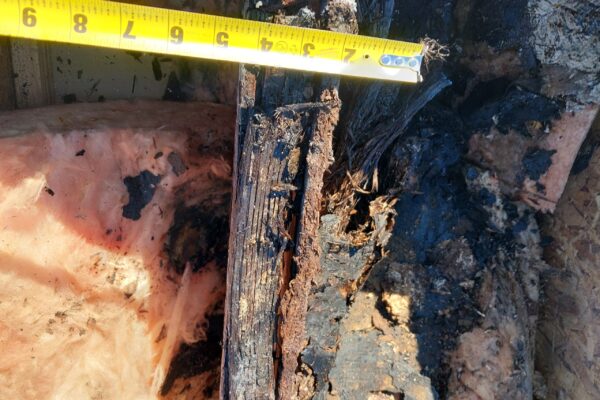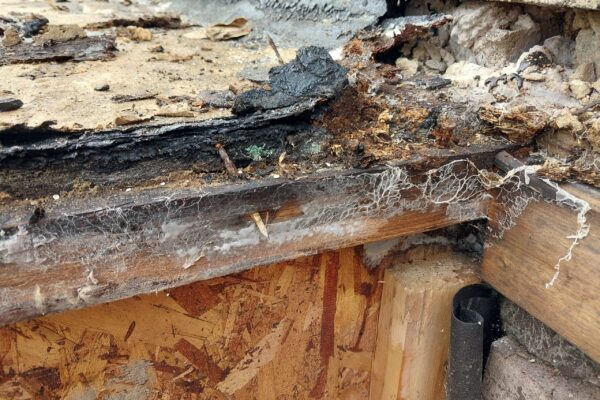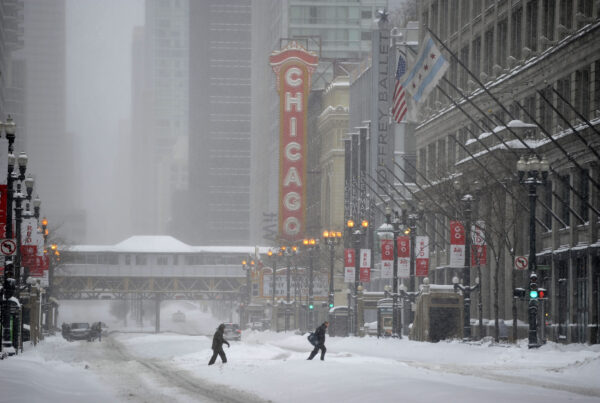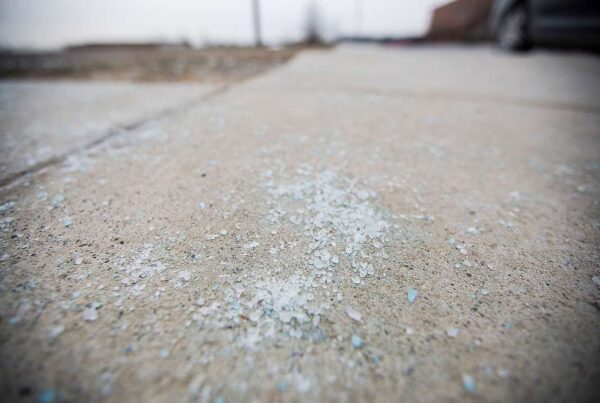Introduction
Excess indoor moisture during colder weather is more than just a comfort issue—it can have serious consequences for the structural integrity of a home. As outside temperatures drop, families often keep windows closed and rely heavily on heating systems. While these measures help maintain warmth, they can also contribute to higher humidity levels. Without proper ventilation and control, excess moisture can seep into walls, floors, and other materials, leading to costly and potentially irreversible damage.
Condensation and Its Immediate Effects
One of the most visible indicators of high indoor humidity is condensation on windows and cold surfaces. Although it might seem harmless, persistent condensation can lead to more serious issues. The moisture accumulating on windowsills and walls can drip down into crevices and under floor coverings. Over time, this seemingly minor problem can weaken adhesives, warp wooden window frames, and create an environment where mold and mildew can thrive. By the time visible signs of water damage appear, hidden structural components may already be compromised.
Hidden Dangers: Mold, Mildew, and Rot
When moisture persists in walls, crawlspaces, or attics, it creates ideal conditions for mold and mildew growth. Once established, mold can spread rapidly, feeding on drywall, wood, and other porous materials. In addition to the health risks associated with mold spores, the structural repercussions can be significant. Wooden studs and support beams may begin to rot, weakening their load-bearing capacity. Insulation can also become damp and lose its effectiveness, leading to increased energy costs and further moisture-related problems as cold air meets warm, moist surfaces.
Long-Term Structural Consequences
Over the long term, excessive indoor moisture can compromise the very framework of a home. Trapped moisture in walls or foundations can lead to cracking, bowing, or even shifting of the structure. Basement foundations, which are already prone to water infiltration, can develop persistent damp conditions that weaken concrete over time. Siding, roofing components, and other exterior materials can also degrade from the inside out if moisture breaches protective barriers. These structural concerns not only diminish a home’s value but may also pose significant safety risks if left unaddressed.
Prevention and Control Strategies
To prevent the damage caused by excess indoor moisture, homeowners should prioritize proper ventilation, especially in areas prone to high humidity like kitchens, bathrooms, and basements. Installing or upgrading exhaust fans ensures that moist air is channeled outside rather than lingering in the home. Using dehumidifiers in damp spaces can reduce overall humidity levels, while sealing air leaks around windows, doors, and other openings helps maintain a balanced indoor environment. Regularly inspecting attics, basements, and crawlspaces for signs of moisture or mold is crucial for catching problems early. Together, these proactive measures protect a home’s structural integrity and help homeowners avoid the extensive repairs associated with long-term moisture damage.
Practical Steps to Lower Indoor Humidity
If your home or building is experiencing persistently high humidity levels, consider these additional steps:
- Turn Down or Turn Off Humidifiers
Many heating systems include built-in humidifiers to keep indoor air comfortable. During colder months, you may not need as much added moisture. Adjusting the settings—or turning off the humidifier altogether—can help bring humidity back to healthier levels. - Improve Insulation
Properly insulating your home reduces the likelihood of cold surfaces where moisture can condense. Focus on insulating attics, walls, and basements, as well as around windows and doors. This not only helps lower indoor humidity but also makes your home more energy efficient. - Seal Air Leaks
Cracks and gaps around windows, doors, and plumbing fixtures allow cold, dry air to mix with warm, humid indoor air, leading to condensation. By identifying and sealing these leaks, you can stabilize humidity levels and help your HVAC system run more efficiently. - Use Exhaust Fans and Ventilation
Kitchens, bathrooms, and laundry rooms generate large amounts of moisture. Running exhaust fans or vents while cooking, showering, or doing laundry helps remove excess humidity from the air. If possible, vent these fans directly to the outside rather than into the attic or crawlspace. - Monitor Moisture Levels
Keep track of humidity with a hygrometer, aiming for a range of 30–50%. If levels stay above this range, consider using a dehumidifier in problem areas. Regular monitoring allows you to make timely adjustments, preventing moisture problems before they escalate.





